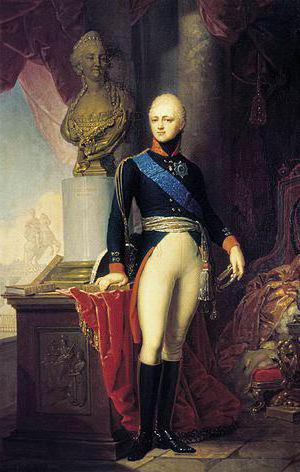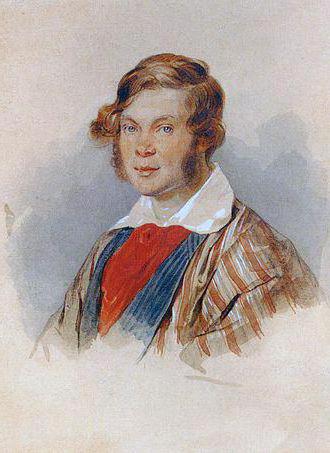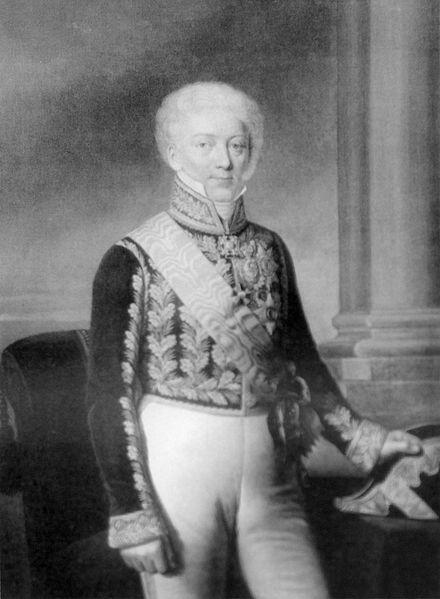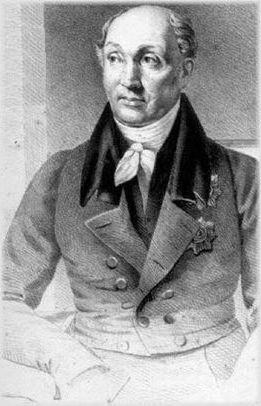The concept of “charter letters” has several meanings. The term itself was first used in the time of medieval Russia. However, this type of source turned out to be so relevant for Russian reality that it began to be used in the 19th century when designating the phenomena of the then life.
The history of the concept
In relation to the period of the Moscow kingdom of the XIV-XVI centuries, it means a document that fixed the rules and principles of local government administration, as well as zemstvo self-government. Charter letters of the first type (governorate letters) determined the functions and powers of local governors: governors, volostel, tyuns, judges. Documents strictly recorded the size of their feedings, court, trade duties and other duties of the population of a particular region.
In a sense, medieval statutory letters limited the arbitrariness of local rulers and in this sense protected the rights of the population. Several such letters came from this period, the most famous of which are the Dvina Statute of 1397 and the decree of the end of the 15th century.
Local Government Documents
Since the middle of the XVI century, in connection with the reforms of Ivan IV the Terrible, the concept of “charter letters” has changed somewhat. The tsar decided to grant a number of regions the right to self-government, which was recorded by these sources. In the 1550s, under the leadership of Ivan Vasilievich and his circle, the Chosen One, a series of measures was taken to improve administrative management, including the Zemstvo lab reform. Its main provisions were to ensure that local societies themselves choose elected representatives who would exercise judicial functions.
Public Administration Reform Plans in the 1801-1810s
The term in question was preserved in imperial Russia: during the reign of Alexander I, they called it a plan for constitutional structure, which was prepared by the closest assistant and friend of the emperor N. N. Novosiltsev. But before proceeding with the analysis of the contents of the letter, it is necessary to briefly outline the prerequisites of this most important reform project.

At the very beginning of his reign, Alexander I headed for deep political and socio-economic transformations in the country. A circle was formed around the young ruler, having learned the name of the Secret Committee (1801-1803). It included young and energetic close and trusted representatives of the sovereign: Czartoryski, Kochubey, Stroganov, they were determined to support the plans of the emperor. Prominent statesman M.M. Speransky prepared a project to reform the state apparatus. But all these undertakings were never realized: the war of 1812, the Russian army’s attack against Napoleon, as well as the fear of Alexander I himself that the radical nature of the reforms would badly affect the state of Russian society, suspended their implementation.
Preconditions for creating a draft constitution
Due to the incompleteness of the reform of the state apparatus, Alexander I again returned to the idea of the need for reform. In 1815, he signed a decree introducing a constitution in the Kingdom of Poland, which was then part of the Russian Empire. According to this document, the Russian emperor remained its ruler, but an elected legislative diet was created on the spot.

In 1818, Alexander I made a revolutionary statement that he intended to introduce a constitution throughout Russia, modeled on Poland. The preparation of the document took N. N.Novosiltsev, who, most likely, was the author of the Polish constitution, since he headed the Russian administration in this country. The new project was called the “Statutory Charter of the Russian Empire” because it implied a change in the principles of public administration.
Plan preparation
Work on the reform lasted two years. It was also attended by members of the chancellery: P. A. Vyazemsky and P. I. Deshan. The latter wrote the draft constitution of the Russian Empire in French, and the translation into Russian was carried out by Vyazemsky. The basis was taken by the Polish charter of 1815. The original version of the project was given to the emperor and received his approval.
The main provisions of the Novosiltsev plan
The plan consisted of six chapters and included the most important provisions regarding the separation of powers and human rights. According to the document, a bicameral State Diet was created in Russia, which consisted of the Senate and the Ambassadorial Chamber. The country was divided into twelve governorates, those, in turn, - in the province, the province - in counties, counties - in the district.

The charter of the Russian Empire provided for the creation on the ground of similar state Dietes, which included two-thirds of the elected deputies and ambassadors. Those who were older than 25 had the right to vote, and people from the age of 30 could be elected. For the first time, the charter of the Russian Empire proclaimed the principle of separation of the judiciary from the administrative. Executive functions were carried out by the State Council, ministries headed by the emperor.
The charter of the Russian Empire of 1820 recorded the inviolability of the person, property, as well as freedom of the press. For its time, it was a revolutionary step, since nothing like this had ever happened in our country before. Perhaps that is why the king hesitated in the need to implement his ideas. Despite the fact that the charter of Novosiltsev was not implemented, it marked an important stage in the reform of the state apparatus in the first quarter of the XIX century.


